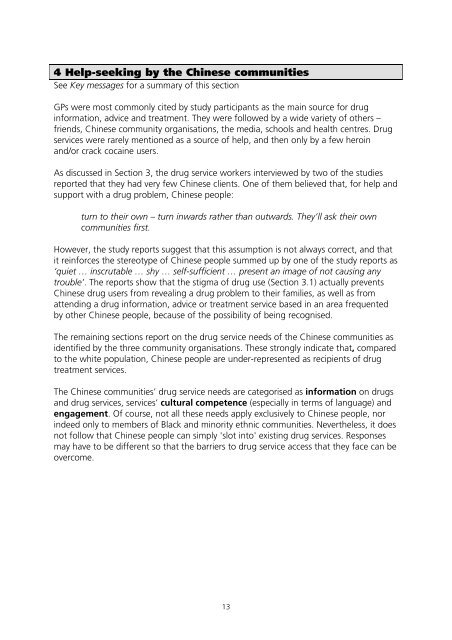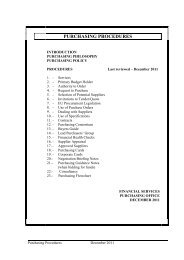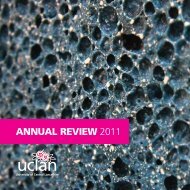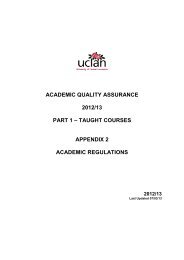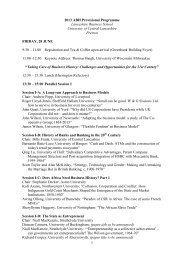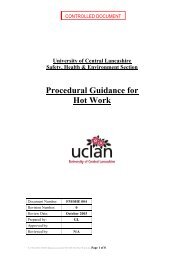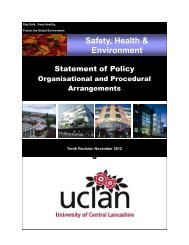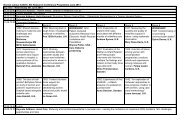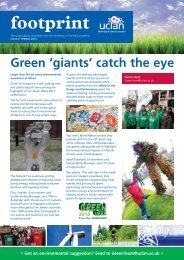5 Chinese Vietnamese Final - National Treatment Agency for ...
5 Chinese Vietnamese Final - National Treatment Agency for ...
5 Chinese Vietnamese Final - National Treatment Agency for ...
You also want an ePaper? Increase the reach of your titles
YUMPU automatically turns print PDFs into web optimized ePapers that Google loves.
4 Help-seeking by the <strong>Chinese</strong> communities<br />
See Key messages <strong>for</strong> a summary of this section<br />
GPs were most commonly cited by study participants as the main source <strong>for</strong> drug<br />
in<strong>for</strong>mation, advice and treatment. They were followed by a wide variety of others –<br />
friends, <strong>Chinese</strong> community organisations, the media, schools and health centres. Drug<br />
services were rarely mentioned as a source of help, and then only by a few heroin<br />
and/or crack cocaine users.<br />
As discussed in Section 3, the drug service workers interviewed by two of the studies<br />
reported that they had very few <strong>Chinese</strong> clients. One of them believed that, <strong>for</strong> help and<br />
support with a drug problem, <strong>Chinese</strong> people:<br />
turn to their own – turn inwards rather than outwards. They’ll ask their own<br />
communities first.<br />
However, the study reports suggest that this assumption is not always correct, and that<br />
it rein<strong>for</strong>ces the stereotype of <strong>Chinese</strong> people summed up by one of the study reports as<br />
‘quiet … inscrutable … shy … self-sufficient … present an image of not causing any<br />
trouble’. The reports show that the stigma of drug use (Section 3.1) actually prevents<br />
<strong>Chinese</strong> drug users from revealing a drug problem to their families, as well as from<br />
attending a drug in<strong>for</strong>mation, advice or treatment service based in an area frequented<br />
by other <strong>Chinese</strong> people, because of the possibility of being recognised.<br />
The remaining sections report on the drug service needs of the <strong>Chinese</strong> communities as<br />
identified by the three community organisations. These strongly indicate that, compared<br />
to the white population, <strong>Chinese</strong> people are under-represented as recipients of drug<br />
treatment services.<br />
The <strong>Chinese</strong> communities’ drug service needs are categorised as in<strong>for</strong>mation on drugs<br />
and drug services, services’ cultural competence (especially in terms of language) and<br />
engagement. Of course, not all these needs apply exclusively to <strong>Chinese</strong> people, nor<br />
indeed only to members of Black and minority ethnic communities. Nevertheless, it does<br />
not follow that <strong>Chinese</strong> people can simply 'slot into' existing drug services. Responses<br />
may have to be different so that the barriers to drug service access that they face can be<br />
overcome.<br />
13


